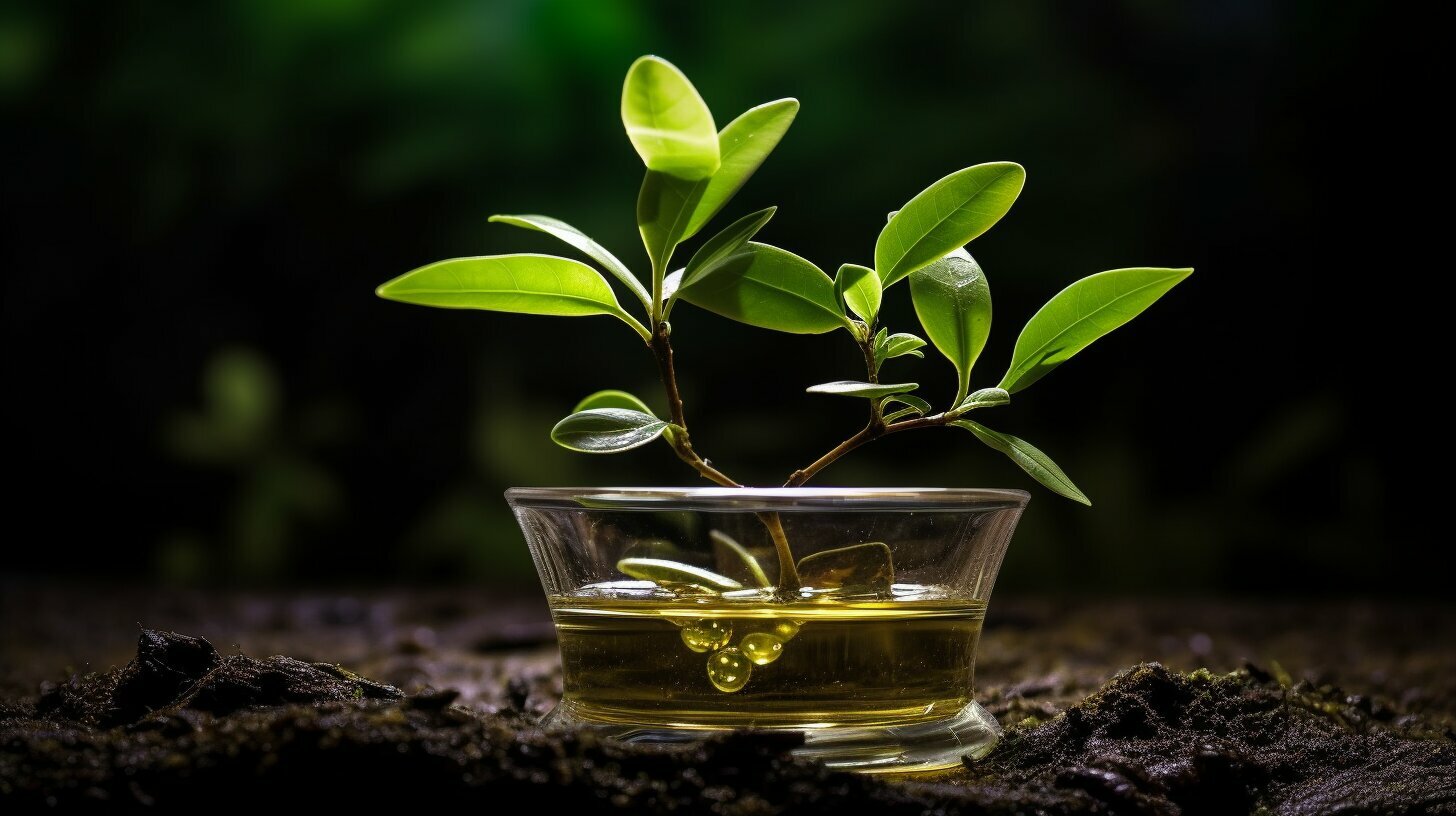Have you ever found yourself with a half-empty bottle of olive oil that has been sitting in your pantry for too long? Don’t throw it away just yet! Old olive oil might not be suitable for cooking or dressing salads, but it can still be repurposed in many creative ways.
Repurposing old olive oil not only prevents wastage, but it also contributes to a more sustainable lifestyle. Moreover, finding new uses for old olive oil can provide a fun and rewarding DIY experience!
Key Takeaways:
- Old olive oil can still be used for cooking and baking, adding flavor to various dishes.
- It can also be used to create natural beauty products, polish wood furniture, nourish leather goods, and make candles and soap.
- Proper disposal methods for old olive oil are important to avoid damage to the environment.
- Empty olive oil bottles and cans can be repurposed as decorative items or storage containers.
- Proper storage techniques can prolong the shelf life of fresh olive oil.
Cooking and Baking with Old Olive Oil
If you have leftover olive oil that’s been sitting in your pantry for a while, don’t throw it away just yet! While the taste might have changed slightly, old olive oil can still be used for cooking and baking.
One of the best ways to use old olive oil is for sautéing vegetables. The oil’s subtle flavors will still add depth to your dishes, and it’s a healthier alternative to other cooking oils.
You can also use old olive oil for marinating meats or adding flavor to homemade bread. Simply brush the oil onto your meat or bread before cooking for an added boost of flavor.
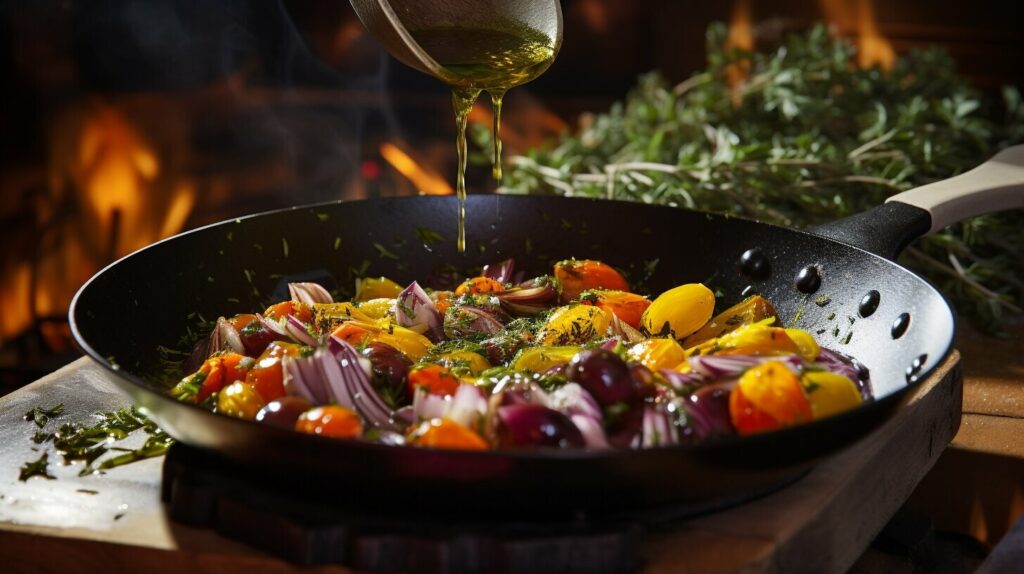
When using old olive oil in your recipes, keep in mind that it might not have the same smoke point as fresh oil. This means that it may start to smoke and burn at lower temperatures, so it’s important to keep an eye on your cooking and adjust accordingly.
In summary, don’t let old olive oil go to waste! Experiment with it in your cooking and baking, and see what delicious dishes you can create.
Homemade Beauty Products with Old Olive Oil
Did you know that old olive oil can work wonders for your skin and hair? Instead of throwing it away, you can turn it into your own homemade beauty products. Here are some simple and natural ideas:
| DIY Olive Oil Hair Mask | Olive Oil Body Scrub | Homemade Lip Balm |
|---|---|---|
 |
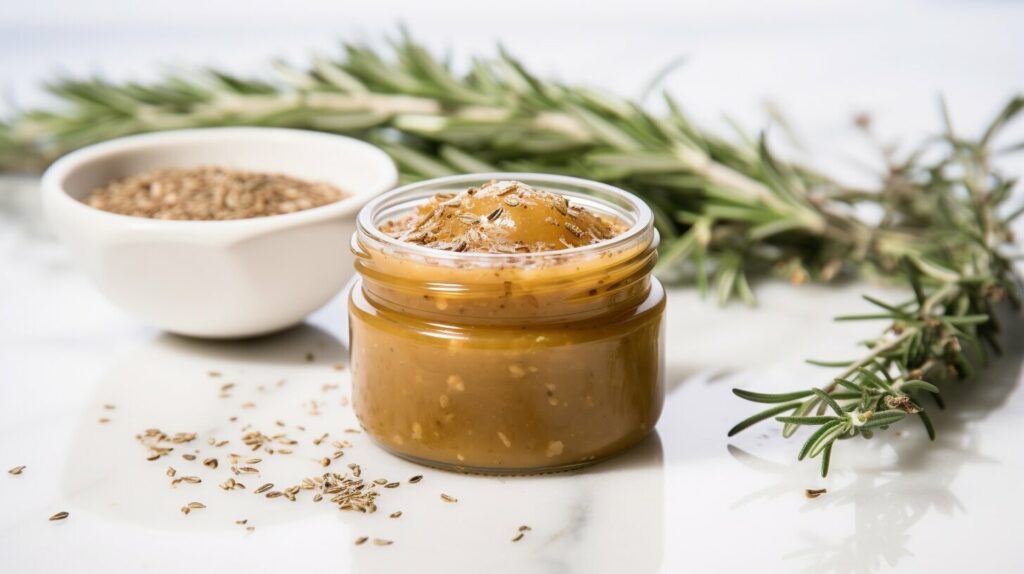 |
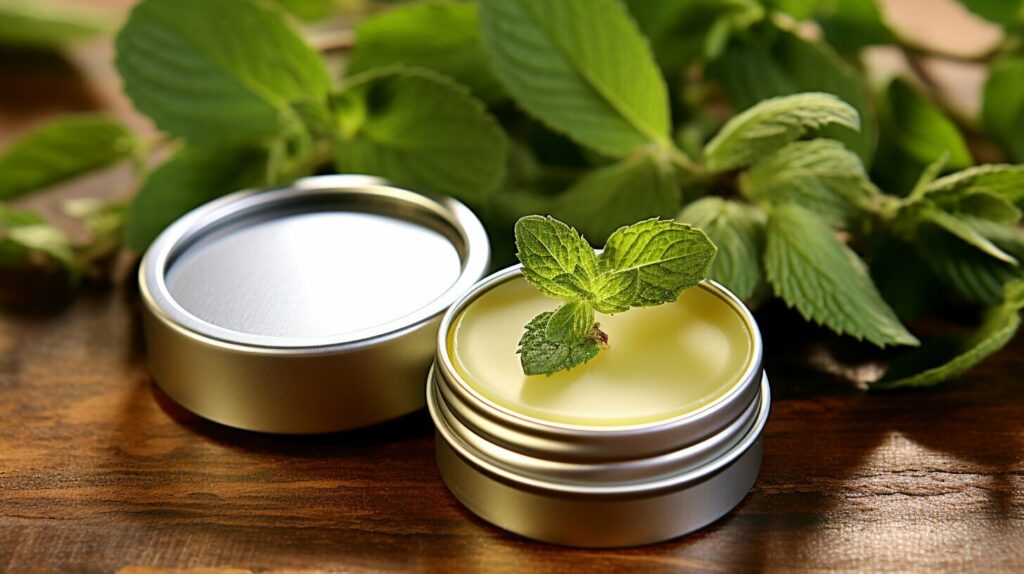 |
| DIY Olive Oil Hair Mask – Mix equal parts of old olive oil and honey. Apply to dry hair and let it sit for 30 minutes. Rinse with lukewarm water and shampoo. Your hair will be left smooth and shiny. | Olive Oil Body Scrub – Mix old olive oil with sugar or sea salt. Add a few drops of essential oil for a pleasant aroma. Scrub your body in the shower and rinse well. Your skin will feel soft and exfoliated. | Homemade Lip Balm – Melt old olive oil and beeswax in a double boiler. Add a few drops of essential oil for flavor. Pour into small containers and let it cool. You’ll have a moisturizing lip balm in no time! |
Why spend money on expensive beauty products when you can make your own with old olive oil? Not only is it cost-effective, but it’s also better for the environment and your skin. Plus, you can customize the ingredients to fit your needs and preferences. Give these DIY ideas a try and see the difference for yourself.
Nourishing Leather Goods with Old Olive Oil
If you have old olive oil lying around, don’t throw it away just yet! Did you know that olive oil can be used to nourish and protect your leather goods? From shoes to bags to jackets, this natural oil can help extend the lifespan of your favorite leather items.
Applying olive oil to your leather goods can help keep them supple and prevent cracking or drying out. It also helps to protect them from water and other liquids that can cause damage. Plus, using olive oil is an eco-friendly alternative to chemical-based leather protectors.
To apply olive oil to your leather goods, start by cleaning them thoroughly with a damp cloth to remove any dirt or debris. Next, apply a small amount of olive oil to a clean cloth and rub it onto the leather in circular motions. Be sure to apply a thin layer and avoid using too much oil, as this can leave a greasy residue.
After applying the oil, let it soak into the leather for a few minutes before buffing it with a dry cloth to remove any excess. Your leather items should now have a healthy sheen and feel softer to the touch.
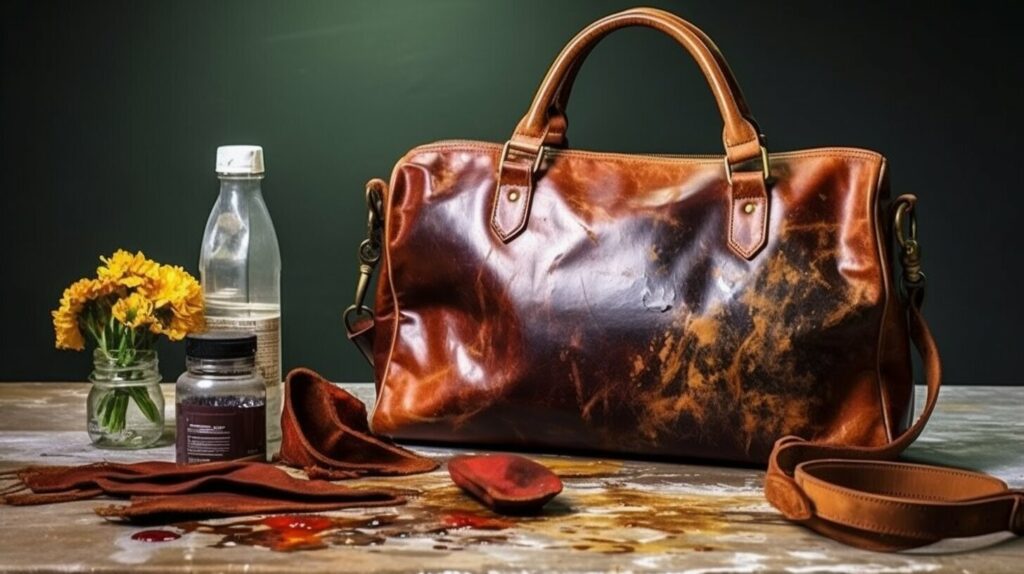
Remember, using olive oil to protect your leather goods is a great way to extend their lifespan and keep them looking their best. So next time you’re thinking of tossing that old bottle of olive oil, consider repurposing it for your leather goods instead!
Nourishing Leather Goods with Old Olive Oil
As someone who loves leather goods, I know how important it is to take proper care of them, so they last for years. That’s why I was thrilled to discover how useful old olive oil can be in maintaining the quality of leather items, such as shoes, bags, and jackets, among others.
Here’s why olive oil works so well for leather care: it has natural conditioning properties that effectively restore the moisture and suppleness of the material. Plus, it acts as a protective barrier against stains and water damage.
The best part is that it’s easy to use and inexpensive compared to most commercial leather care products. All you need is:
- A bottle of old olive oil
- A soft, clean cloth
Here are the steps to follow:
- Start by wiping off any dirt or dust from the surface of the leather item with a dry cloth.
- Pour a small amount of old olive oil onto the soft cloth and rub it onto the leather in circular motions. Apply enough oil to leave a thin layer on the surface but avoid over-saturating it.
- Let the leather absorb the oil for at least 30 minutes.
- Buff the leather with another clean cloth to remove any excess oil and create a natural shine.
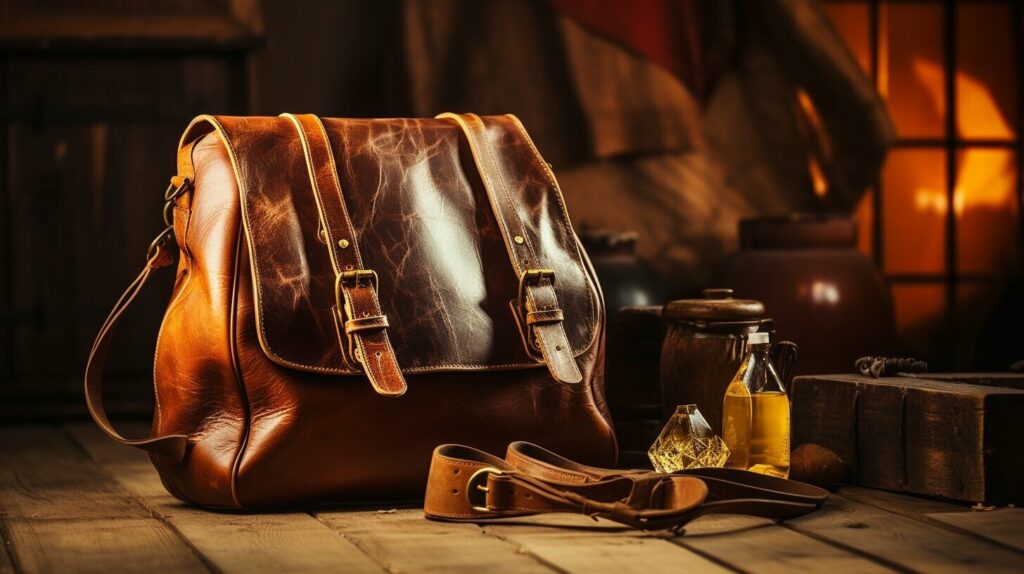
Repeat the process every 3-6 months or as needed, depending on how often you use the item. Not only will it help maintain your leather items’ quality, but it’s also an eco-friendly solution that repurposes old olive oil.
Sustainable Gardening with Old Olive Oil
When it comes to sustainable gardening, there are various eco-friendly ways to keep pests and weeds at bay. Did you know that old olive oil can also be part of your arsenal? Yes, it’s true!
Using olive oil as a natural insect repellent is easy and effective. Simply mix it with other household ingredients like garlic or vinegar, and spray the mixture onto plant leaves and stems. This will help keep bugs away from your garden without the use of harmful chemicals.
Here’s a simple recipe for an organic pesticide:
| Ingredients | Directions |
|---|---|
| 1 cup old olive oil | Combine olive oil with 1 tablespoon of mild liquid soap. |
| 1 tablespoon mild liquid soap | Add 1 clove of minced garlic and 1 tablespoon of cayenne pepper. |
| 1 clove minced garlic | Stir well and let the mixture sit for at least an hour. |
| 1 tablespoon cayenne pepper | Strain the mixture to remove the garlic and pepper. |
| Pour the remaining liquid into a spray bottle and use as needed. |
Not only does this mixture repel insects, but it can also help protect your plants from fungal diseases.
Another way to incorporate old olive oil into your gardening routine is by using it as a weed controller. When applied to weed-covered areas, the oil can prevent new weeds from sprouting. Plus, it’s a safe and natural alternative to toxic weed killers.
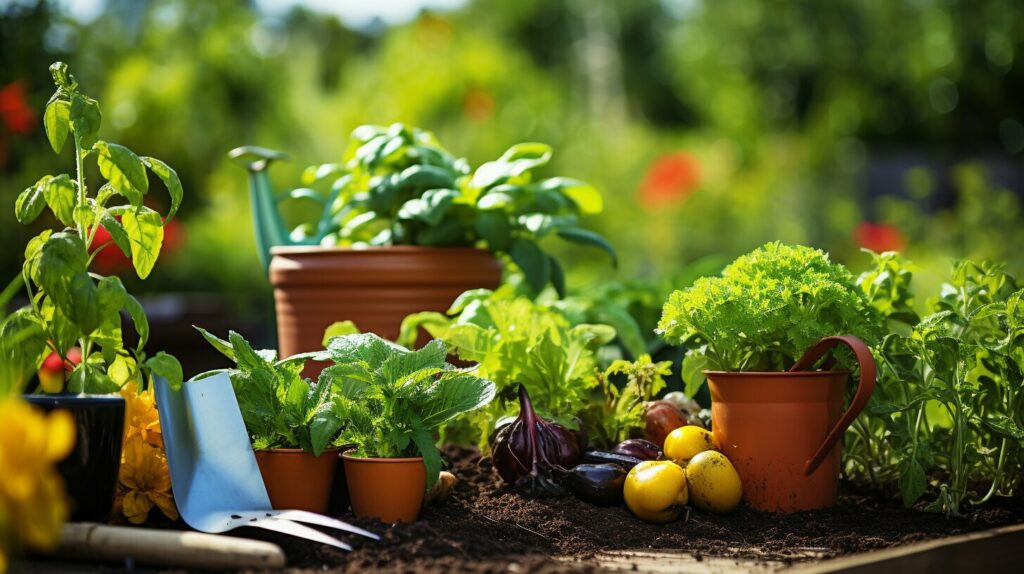
With these simple tips, you can repurpose old olive oil for sustainable gardening practices and help keep your garden thriving without harming the environment.
Crafting Homemade Candles with Old Olive Oil
If you’re looking for a fun and eco-friendly DIY project, consider repurposing your old olive oil into homemade candles!
Not only is this project simple and cost-effective, but it also eliminates waste by giving new life to an otherwise discarded item. Plus, olive oil candles are a healthier alternative to traditional candles made with paraffin wax, which can release harmful toxins when burned.
To get started, you’ll need some basic supplies:
- Clean, empty olive oil bottle or another heat-resistant container
- Cotton wick
- Olive oil
- Essential oil (optional)
Follow these steps to make your own olive oil candle:
- Cut the cotton wick to the desired length and attach it to the bottom of your container using a drop of olive oil.
- Slowly pour olive oil into the container, leaving about 1/2 inch of space at the top.
- Add a few drops of essential oil if desired, for fragrance.
- Insert the wick into the oil and make sure it stands upright.
- Allow the candle to sit for a few hours to let the wick absorb the oil before lighting.
When you’re ready to use your olive oil candle, simply light the wick and enjoy the warm, natural glow. Because olive oil burns slower than wax, it will take longer for your candle to melt and require less maintenance than traditional candles.
This is a great way to add a sustainable touch to your home decor while also reducing waste. Give it a try and let me know how it turns out!

Eco-friendly Soap Making with Old Olive Oil
Making soap using old olive oil is a great way to reduce waste and create a natural, eco-friendly product for personal use or as a gift for friends and family. Because of its moisturizing properties, olive oil is a popular choice for many soap-making enthusiasts.
To get started, you’ll need to gather a few basic ingredients and tools, including lye, distilled water, essential oils (if desired), a large mixing bowl, a digital scale, a stick blender, and soap molds.
Here’s a simple recipe for olive oil soap that’s perfect for beginners:
| Ingredients | Amount |
|---|---|
| Olive oil | 32 oz |
| Lye | 4.5 oz |
| Distilled water | 10 oz |
| Essential oils | Optional |
1. Measure out the olive oil and heat it in a large mixing bowl until it reaches around 100°F.
2. In a separate bowl, carefully add the lye to the water, stirring until fully dissolved. Be sure to wear protective gloves and work in a well-ventilated area as lye can be dangerous if mishandled.
3. Slowly pour the lye mixture into the warmed olive oil while stirring with a stick blender. Blend for several minutes until the mixture thickens and reaches “trace” (the point where you can make a line in the mixture that stays visible).
4. Add in any desired essential oils and stir until fully incorporated.
5. Pour the mixture into soap molds and allow to set for at least 24 hours.
Once the soap has set, it can be removed from the molds and cut into bars. Allow the bars to cure for several weeks before using to ensure a milder, longer-lasting soap.
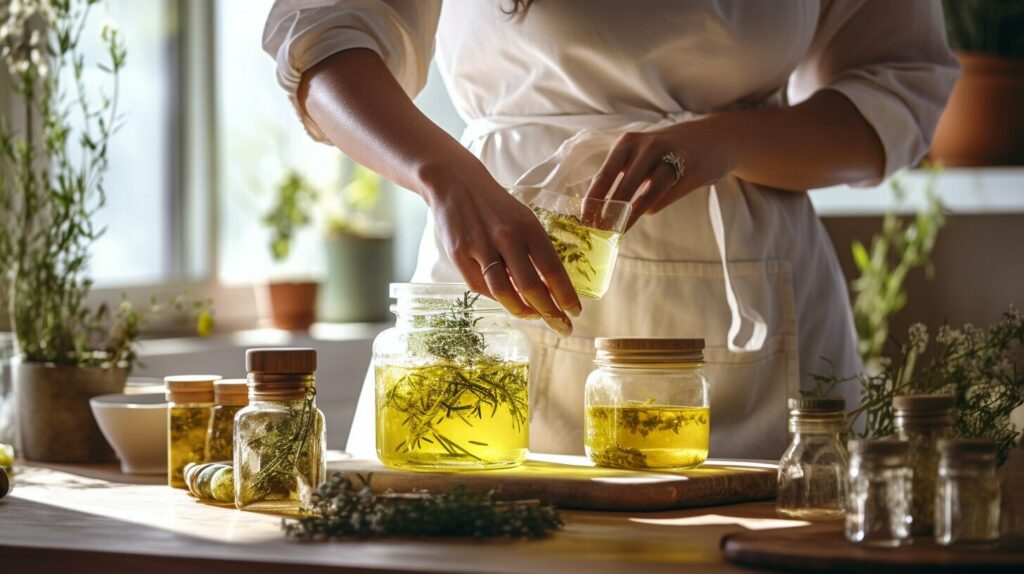
By making your own soap using old olive oil, you’re not only reducing waste, but also avoiding harsh chemicals that can be found in some commercial soaps. Plus, you can personalize your soap with your favorite essential oils and create unique designs using different molds. Give it a try and see how easy and fun soap-making can be!
Navigating Olive Oil Waste Management: Recycling and Disposing of Old Olive Oil
As an environmentally conscious individual, it’s important to know how to properly dispose of used olive oil. Pouring it down the drain or throwing it in the trash can harm both the environment and your plumbing. Fortunately, there are safe and practical ways to recycle and dispose of old olive oil.
Recycling Old Olive Oil
Many cities have recycling programs that accept used cooking oil, including olive oil. Check with your local recycling center to see if they have a collection program in place. Recycling old olive oil helps reduce waste and can even be used for renewable energy production.
In addition, some companies specialize in collecting and recycling used cooking oils. These companies can pick up your old olive oil and repurpose it for biofuels or other eco-friendly products. Do some research to find companies in your area that offer this service.
Disposing of Old Olive Oil
If you don’t have access to a recycling program or collection center, you can still dispose of old olive oil in a safe and eco-friendly manner. One option is to seal the oil in a plastic container and place it in the trash bin. Make sure to use a spill-proof and leak-proof container such as a plastic bottle with a screw-on lid.
Another option is to mix the old olive oil with an absorbent material and dispose of it in the trash bin. Try using cat litter, sawdust, or paper towels to absorb the oil before throwing it away. This helps prevent spills and keeps the oil contained.
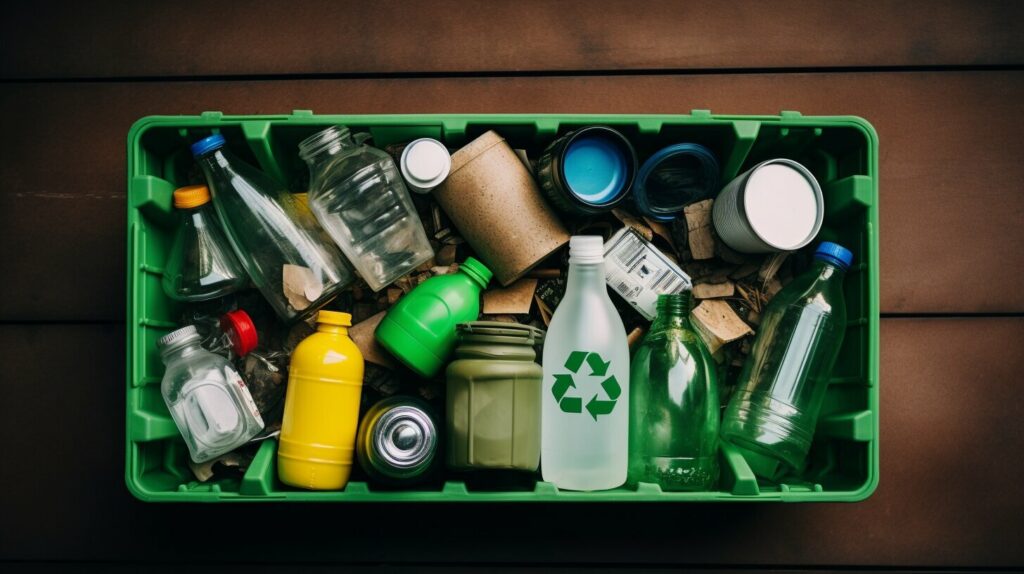
Remember, never pour old olive oil down the sink or toilet, as it can clog pipes and harm the environment. By recycling or properly disposing of old olive oil, you can help protect the planet and reduce waste.
Repurposing Old Olive Oil Containers
Don’t toss out your empty olive oil bottles or cans! With a little creativity, they can be repurposed into useful and decorative items.
One idea is to turn them into vases for fresh or artificial flowers. Simply clean out the bottle or can, remove any stickers or labels, and fill it with water and your favorite blooms. You can also paint the outside of the container to match your decor.
Another option is to use them as storage containers in the kitchen. Fill them with dry goods like rice, beans, or pasta, or even use them to store homemade dressings or marinades.
For a fun and eco-friendly DIY project, try turning an old olive oil bottle into a soap dispenser. You’ll need a pump from an old soap bottle and a drill to create a hole in the lid of the olive oil bottle. Insert the pump and you have a stylish and practical addition to your kitchen or bathroom.
Finally, consider donating your empty olive oil containers to a local school or community organization. They can be used for art projects or as containers for homemade cleaning solutions.
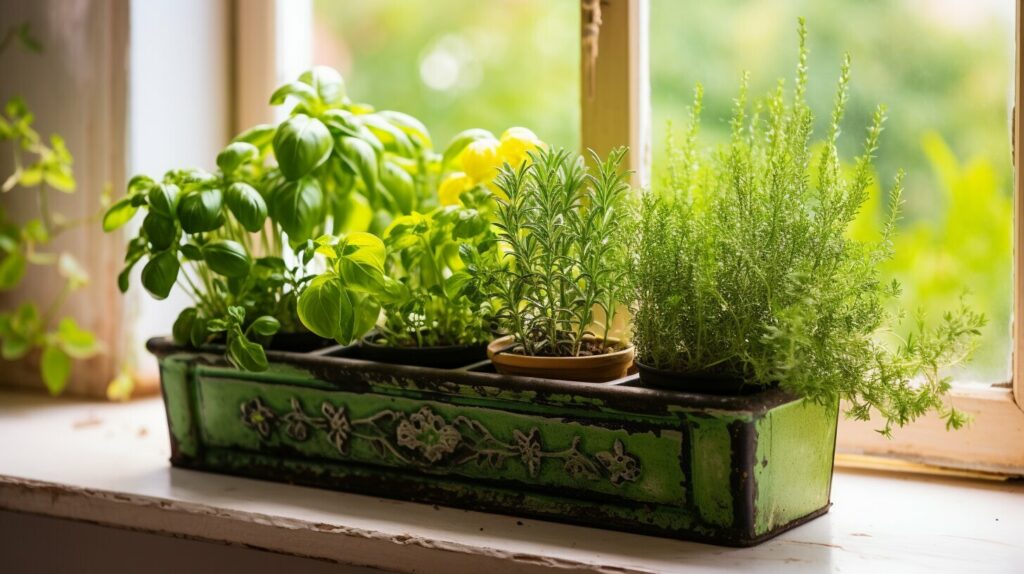
Nourishing Leather Goods with Old Olive Oil
As a lover of leather shoes and bags, I know the importance of keeping them well-maintained. Using old olive oil to nourish and protect leather is not only eco-friendly but also effective in extending the life of your precious leather goods.
The natural hydrating properties of olive oil help moisturize leather and prevent it from cracking or drying out. To apply, first, wipe down your leather item with a clean, damp cloth to remove any dirt or dust. Then, using a soft, clean cloth, apply a small amount of olive oil to the leather in a circular motion, making sure to cover the entire surface. Allow the oil to absorb into the leather for a few minutes before wiping off any excess.
Repeat this process every few months to keep your leather goods in top condition. Not only will they look great, but they’ll also feel soft and supple to the touch.
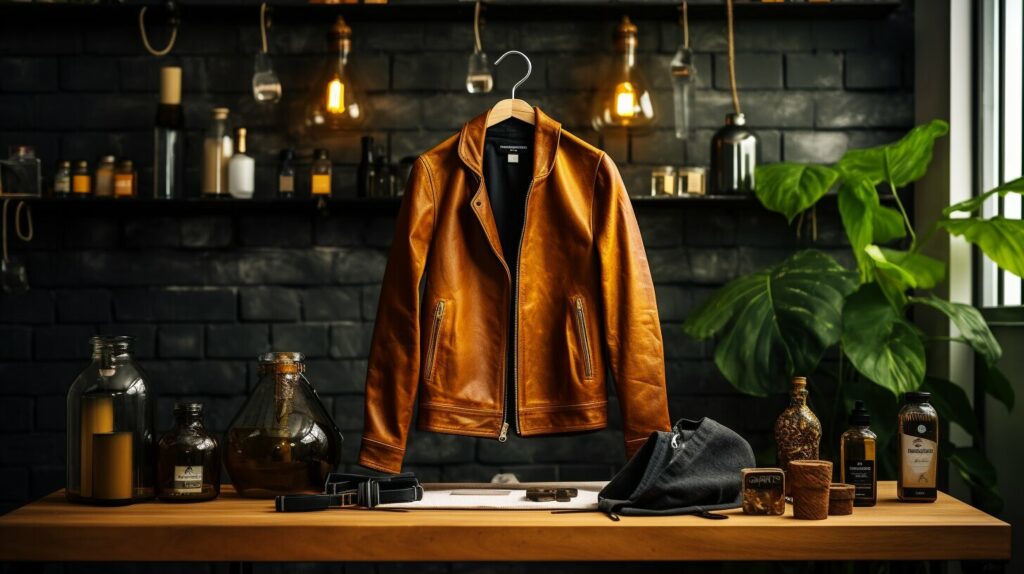
When using olive oil on leather, it’s essential to remember that a little goes a long way. Using too much oil can leave your leather item feeling greasy or oily. It’s also important to spot test a small, inconspicuous area of your leather item before applying the oil to the whole surface, as some leathers may react differently to the oil.
So, next time you’re wondering what to do with your old olive oil, consider using it to nourish and protect your leather goods. Your leather items will thank you for it, and you’ll be doing your part to reduce waste and promote eco-friendly practices.
Conclusion
Repurposing old olive oil is a creative and eco-friendly way to avoid wastage. As we have seen throughout this article, there are many uses for old olive oil in cooking, beauty products, furniture restoration, gardening, candle-making, soap-making, and more. By repurposing the oil, we not only reduce our waste but also save money and contribute to a sustainable lifestyle.
Don’t be afraid to experiment with the ideas mentioned in this article or come up with your own. Share your experiences and inspire others to find creative uses for their old olive oil. Remember to also dispose of the oil responsibly and recycle or donate it whenever possible.

